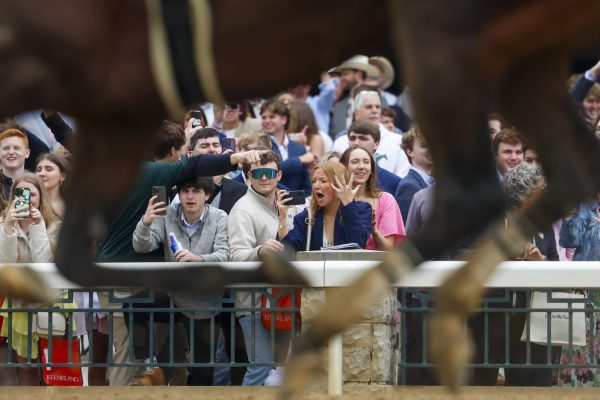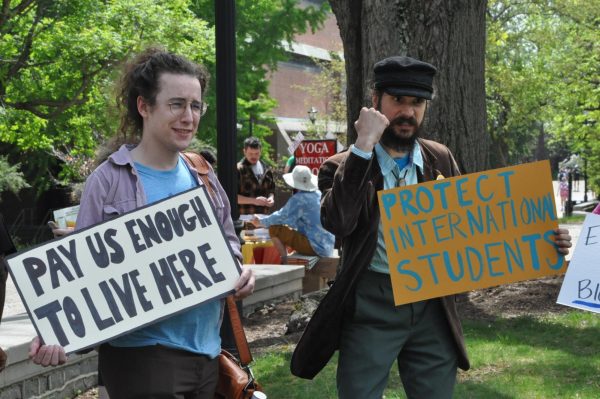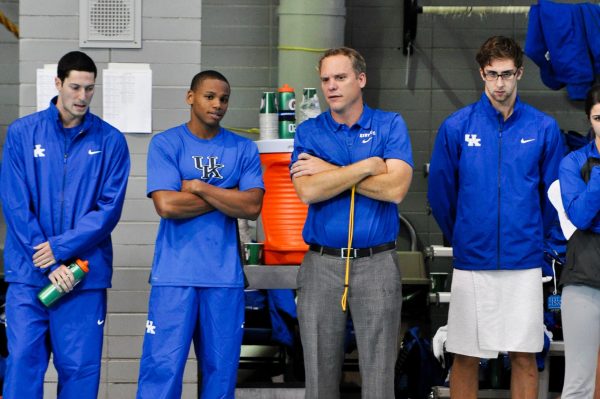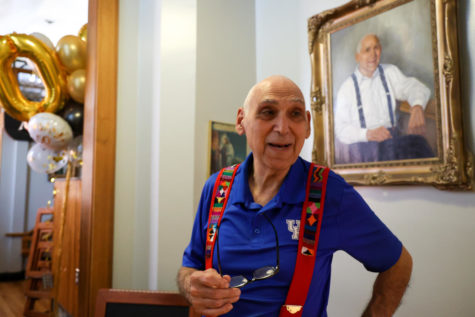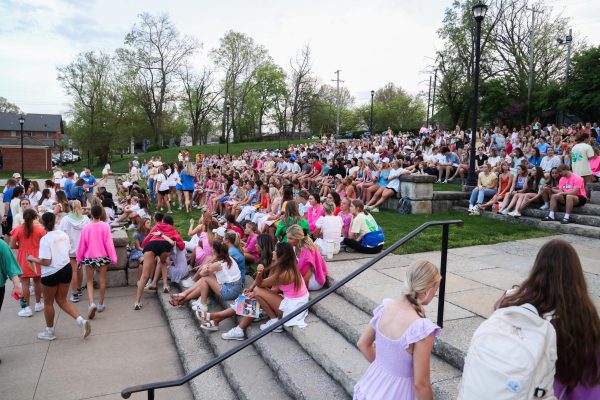Faculty, students discuss Appalachia at annual symposium, art showcase
March 10, 2014
By Marjorie Kirk
The fifth annual Appalachian Research Community Symposium and Art Showcase began a new discussion on Saturday about the region, while connecting students with faculty and real-world professionals in their research fields.
The event featured panels and presentations by students and faculty in the W.T. Young Library, as well as members of the Appalachian studies community around Kentucky.
Presentations included a Kentucky artisan’s perspectives on manhood and a cautionary look at reality TV’s influence on stereotypes as seen on the TLC show “Here Comes Honey Boo Boo.”
“A lot of kids growing up in the region don’t necessarily feel proud of it,” said Tammy Clemons, the president of the Graduate Appalachian Research Community and an anthropology doctoral student. “I think education has privileged me to have a different perspective on where I come from and appreciate it in new ways.”
Many people assume a bleak picture when they hear the word Appalachia, Clemons said. The goal of the symposium was to diminish this image by displaying more efficient, intellectual and inclusive communication among some of Appalachia’s brightest researchers.
The symposium was held not only to raise awareness for the Graduate Appalachian Research Community, or Appalachian studies, but also to give opportunities to student researchers that they can’t get in a classroom.
“One of the things we try to do with this annual event is to create a space where Kentucky students can share their research and get some practice in terms of presenting publicly in academic circles,” Clemons said.
Often, academia is critiqued for creating “barriers instead of bridges with communities,” said Mary Beth Schmid, the symposium chair and a graduate student of anthropology.
“So we hope to improve inclusive language so that community members as well as academics can all come in to the same space and talk together,” she said.
“The symposium is a chance for us all to come together and collaborate to understand what research is going on,” Schmid said.
In addition to completing and presenting projects, students were able to network and connect with other people in their fields.
“It gives me an opportunity to perform these kinds of projects that I like doing, as well as just start the conversation between people,” said Jasper Waugh-Quasebarth, an anthropology doctoral student.














































































































































